
"The Age of We Need Each Other" by Charles Eisenstein
Fifteen years ago when I began writing books, I had high hopes that someday I would be “discovered” and that “my message” would thereby reach millions of people and change the world for the better.
That ambition began to disintegrate soon after when after years of labor The Ascent of Humanity found no takers in the publishing world. So I self-published, still hoping that word-of-mouth would propel it to best-seller status. That would show all those publishers! I remember looking at the sales numbers in August 2007 – its fifth month, about the time it should have been gaining momentum. Total sales that month: five copies. Around the same time I was evicted from my apartment (having pinned all my hopes and income on the book) and spent the next half year living temporarily in other people’s houses, children in tow.
BE A SUPPORTER OF MR. EISENSTEIN’S WORK
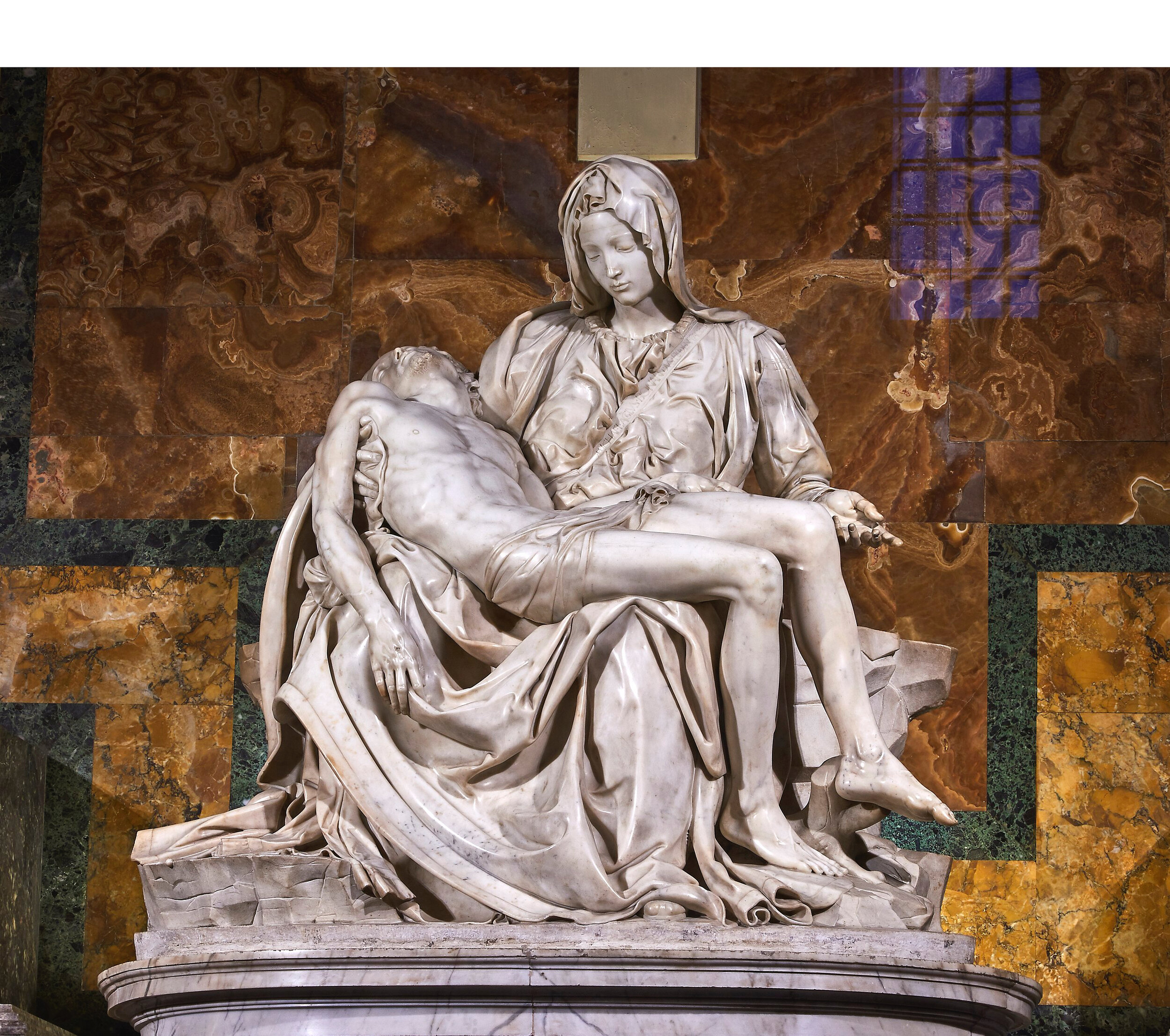
"Divine Feminine" by Jeannie Zandi
Not long ago I dreamed friends wanted me to come upstairs from a dark basement to meet some people. I ascended, realizing as I climbed that my pupils were fully dilated as if still in the dark. Reaching the people, my pupils had not changed and I could not see. Moreover, I had no active principle in me, receptively present to the depth of my being, which was bottomless night. At their mercy, I was unprotected even by the veil of a social face. Blind to the lit world and ecstatic, I turned toward them as an ambassador of the gorgeous dark, entirely open and given.
BE A SUPPORTER OF MS. ZANDI’S WORK
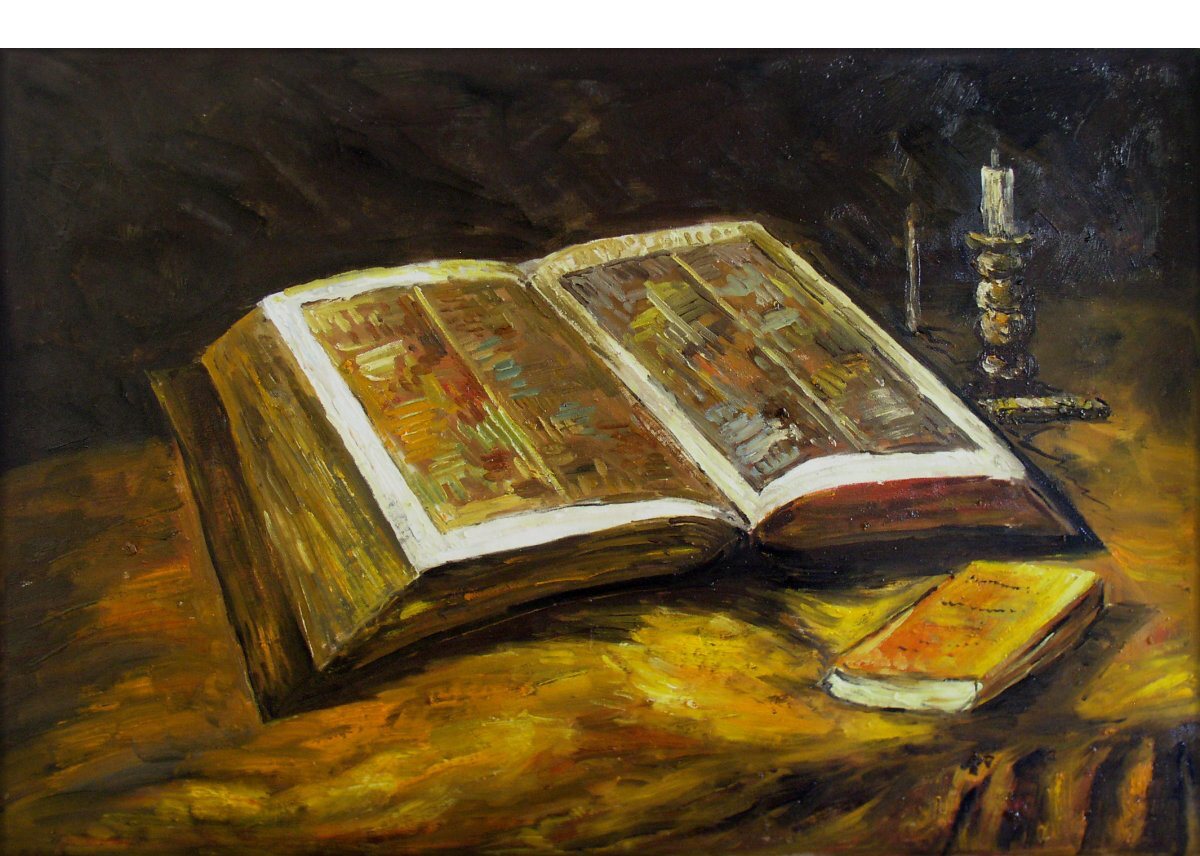
"Myth and the Bible" (Parts 1, 2) by Jeffery Small
When you hear the word “myth” associated with the Bible, what is the first thought that comes to your mind? Do you define the word “myth” to mean that the stories described are not factually true?
My reading of the Bible has undergone an evolution over the years. As a child, I was taught the various stories as if they were actual historical events. As my understanding of science and the world began to broaden, I saw that a literal reading of many of these stories was impossible. I came to view the Bible as myth, by which I meant non-historical stories that contained a moral message. Today, my understanding of the Bible as myth has taken another step. Although I still do not believe that many of the stories are historically or factually accurate (although they may be anchored in historical events), I view “myth” in a broader and more meaningful sense. Mythology is a form of literature that expresses fundamental truths in a way that ordinary discourse is inadequate to describe. Mythology adds a richness of detail and a concreteness to metaphorical language. Now when I refer to the stories in the Bible as mythology, I do not intend to do so pejoratively. Reading these stories as myths gives me the freedom to understand their underlying meaning in a way I never could before.
BE A SUPPORTER OF MR. SMALL’S WORK

"What Is the Sacred Feminine? An excerpt from Voices of the Sacred Feminine" edited by Rev. Dr. Karen Tate by Amy Peck
The Sacred Feminine is a concept that recognizes that “God” ultimately is neither anthropomorphically male or female but a Divine Essence (Goddessence) beyond form and duality – an essence that is in balance and unification of masculine and feminine principles – a dynamic interdependent “Immanence” that pervades all life. The Asian Yin Yang icon is a good representation of this idea.
BE A SUPPORTER OF KAREN TATE and AMY PECK’S WORK

“The Seven Blessings That Come With Aging" by Sister Joan Chittister, OSB
The one certain dimension of US demographics these days is that the fastest growing segment of the American population is comprised of people above the age of 65. We, and all our institutions, as a result, are a greying breed. At the same time, we are, in fact, the healthiest, longest lived, most educated, most active body of elders the world has ever known. The only real problem with that is that we are doing it in the face of a youth culture left to drive a capitalist economy that thrives on sales.
SUPPORT BOTH THE HUFFINGTON POST AND SISTER CHITTISTER
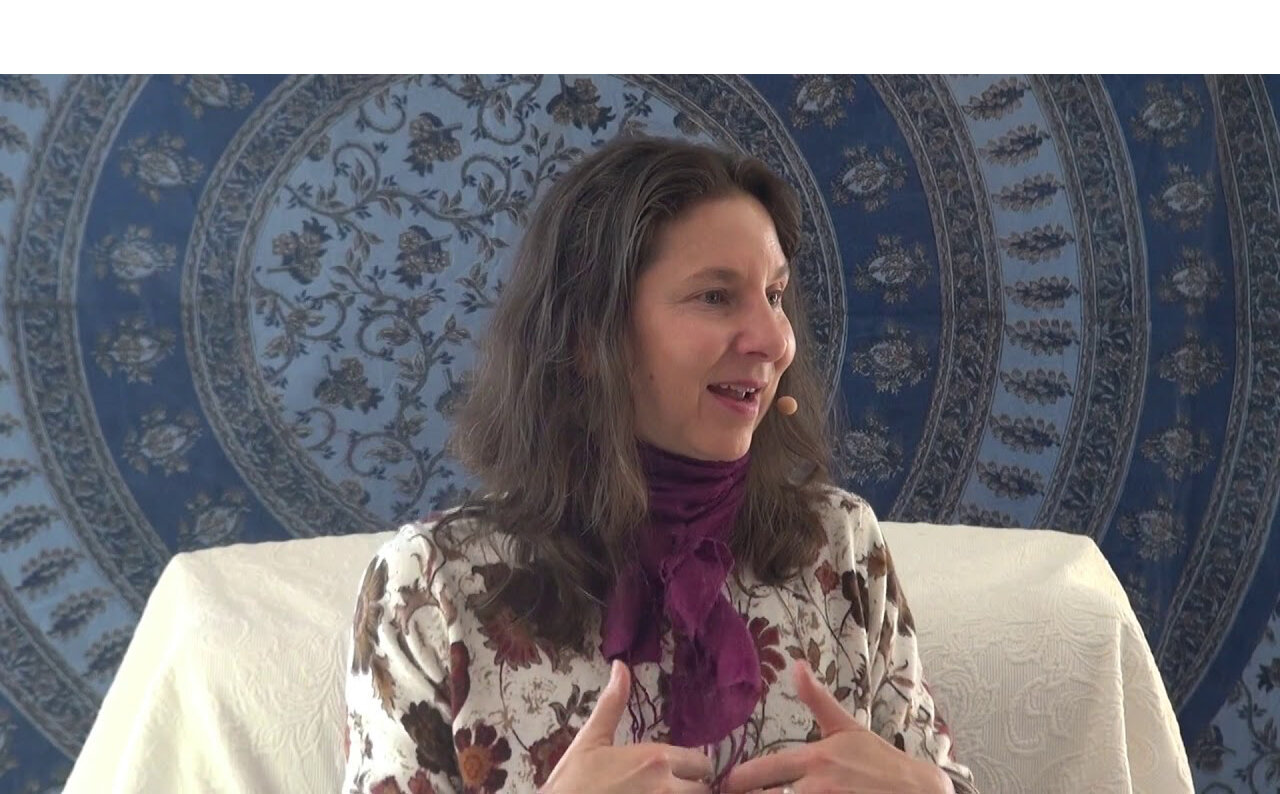
"Get Thee to a Nunnery: Relating and the Sanctuary of Being" by Jeannie Zandi
Below the mind there is a beautiful, inarguable, direct experience that you are. I invite you to notice this fact: the felt sense of presence and all the flavors of what it is like to be, right now, going nowhere. When we are invited here, when we land in this moment, we find the simplicity and nourishment that emanate from the core of our being as we rest from the outer world. To the extent we can drop our attention away from the content of thought and open ourselves to this holy dimension of life, to presence, we are fed. We are zeroed and soothed in this stillness, resting from all of the things we've created, all the messes we've made and the victories we've had. For a time, we can just rest in a dimension deeper than thought, below the particulars, and drop into raw being.
BE A SUPPORTER OF MS. ZANDI’S WORK

"Jesus and the Tao" by Francis Ritchie
If you have an aversion to Eastern philosophy (even though Christianity is, by origin, an Eastern religion), bear with me, I think you’ll find this interesting anyway. I’ve been trying to find a cohesive way of expressing what I believe the person of Jesus calls us towards that steps into something much deeper than just a conversion to a codified religion and its accompanying world-view (Christianity). The Tao (Dao) offers something into this space. With that in mind, here I want to explore Jesus and the Tao.
BE A SUPPORTER OF REV ’S RITCHIE’S WORK
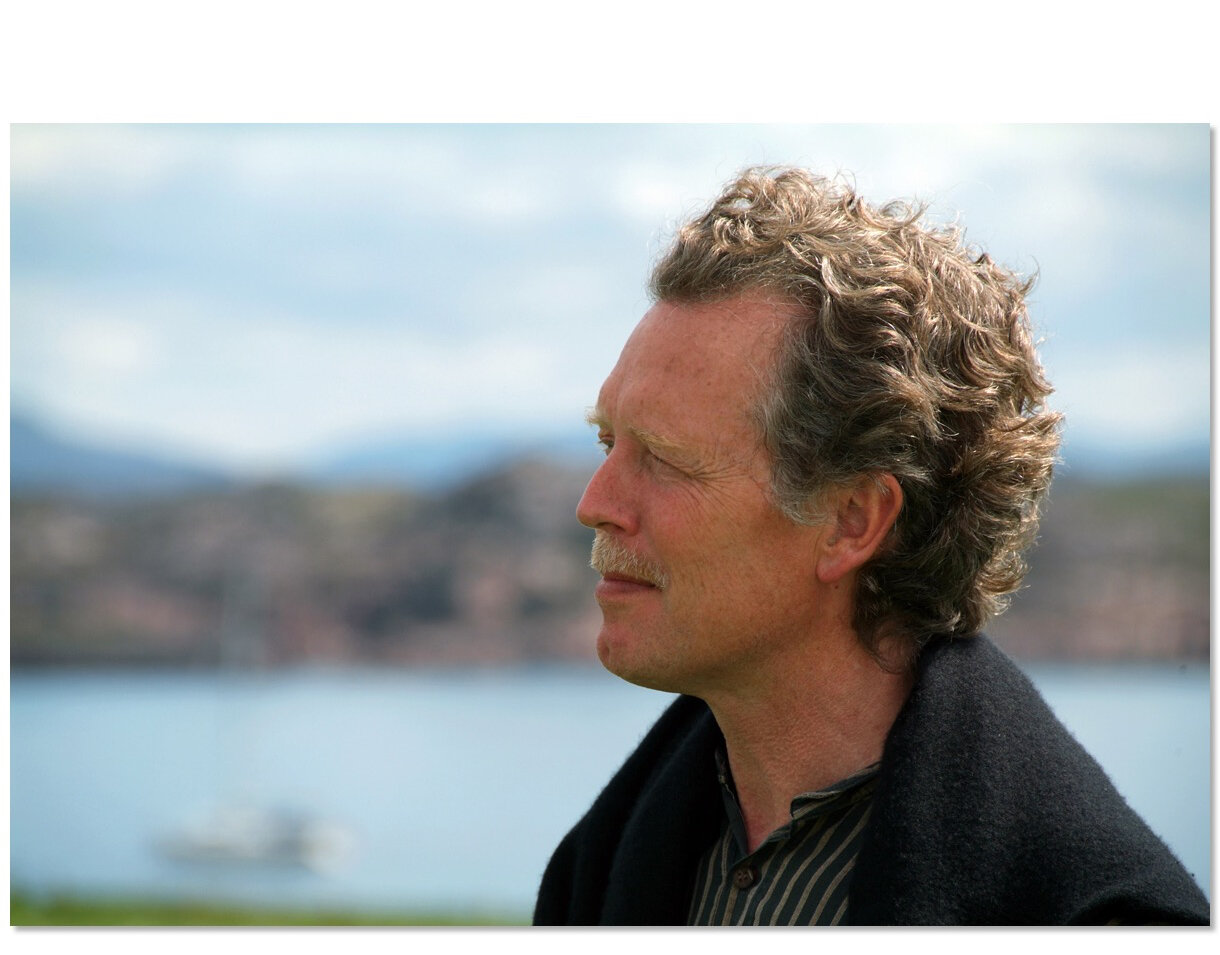
"LISTENING: Two Ways Of Listening: John and Peter" by J. Philip Newell
The stream of Celtic spirituality, from Pelagius in the fourth century to George MacLeod in the twentieth, is characterized by the expectation of finding God within, of hearing the living voice of God speaking from the very heart of life, within creation and within ourselves. It is a spirituality that recognizes the authority of Saint John and reflects his way of looking and listening for God. At the decisive Synod of Whitby in 664, where two distinct ways of seeing, represented by the Celtic and Roman missions, came into conflict, the former allied itself to John. Coleman of Lindisfarne argued that the Celtic tradition originated from Saint John, the disciple who was, he said, “especially loved by our Lord.” Wilfrid, on the other hand, argued for the Roman mission, which, he claimed, was based on the authority of Saint Peter, whom he called “the most blessed Prince of the Apostles.” The tragic outcome of the synod was not that it chose the Roman mission but that it neither made room within the church for both ways of seeing or declared that both were firmly rooted in the gospel tradition.
BE A SUPPORTER OF MR. NEWELL’S WORK

"The Sacred Feminine Today" by Llewellyn Vaughan-Lee
Today there is a resurgence of interest in the sacred feminine. The immense popularity a few years ago of Dan Brown’s The Da Vinci Code spoke not just to our enjoyment of a good thriller but also to the mystery of the divine feminine in Western culture, which is the real thread of the book’s chase, from the enigmatic smile of the Mona Lisa to the search for the grail and the heritage of Mary Magdalene. We know now how the feminine mysteries were present in Greek culture and myth, as imaged in the story of Persephone, and enacted for more than 2,000 years in the initiations at Eleusis. In the early Christianity women had spiritual equality, and the significance of Mary Magdalene, the disciple whom Jesus loved more than others, being the first to see the risen Christ, points to the esoteric significance of the feminine. We have also learned how the power of the sacred feminine was repressed by the Church fathers, and Mary Magdalene purposely misidentified as a prostitute.
SOURCE: PLEASE SUPPORT THE HUFFINGTON POST

"Bringing Home the Dharma: Awakening Right Where You Are" by Jack Kornfield
RAIN is a useful acronym for the four key principles of mindful transformation of difficulties. RAIN stands for Recognition, Acceptance, Investigation, and Nonidentification. A line from Zen poetry reminds us, “the rain falls equally on all things.” Like the nourishment of outer rain, the inner principles of RAIN can be applied to all our experience, and can transform our difficulties.
BE A SUPPORTER OF MR. KORNFIELD’S WORK

"The Evolution of Consciousness as Recorded in Ancient Times " by JC Tefft
When considering the underlying meaning and message of ancient scripture from the standpoint of evolving Consciousness, biblical stories reveal that the flowering of conscious Awareness amidst the Hebrew tribes was less about a ‘chosen people’ searching for their ‘promised land’ and more about a transformational progression within certain personages in Hebrew society from lower to higher ‘levels’ of conscious Awareness in their lifetime and in generations that followed. First one, then two, then four, and so on down the line, as an ever-growing number began to awaken unto the Light until at one point, in an instant, a sort of ‘grand mal’ awakening occurred in the person of Jesus wherein attachments to mental constructs of Mind collapsed entirely. Two others that we know of, the Buddha in India and Lao Tzu in China, were similarly transformed more than five centuries before.
BE A SUPPORTER OF J.C. TEFFT’S WORK
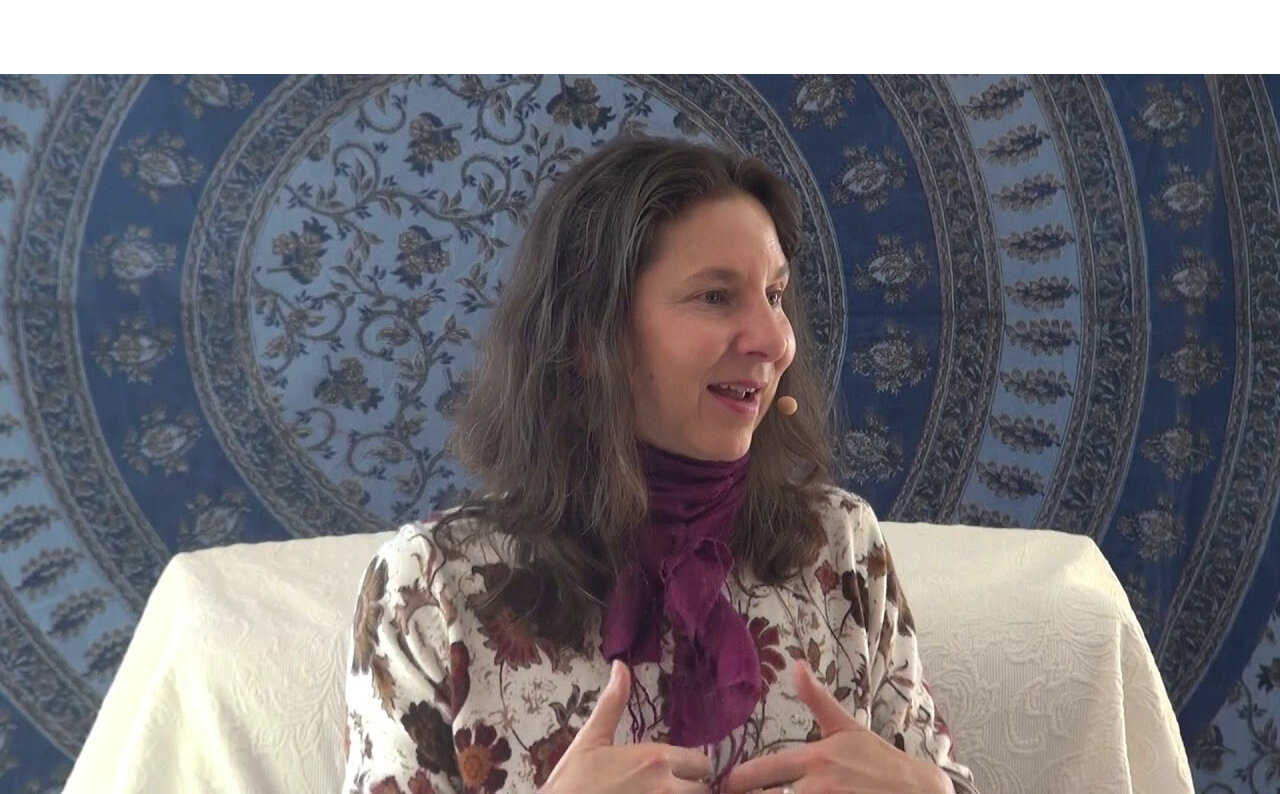
“Why Are Men Like That?" by Jeannie Zandi
I have heard this question asked in many different tones lately, but rarely with curiosity, concern and a sincere desire to understand. As an ally to men since the beginning of the Men's Movement of the late 80s, I would like to share, humbly as a woman, a bit of what I have gleaned over the past thirty years for anyone with a desire to understand those guys -- our brothers, fathers, sons, friends, and lovers, or anyone who grew up with men’s conditioning.
The first phrase I learned to say as a toddler was “Bad boy!” It was my weapon to get my mother’s attention when my older brother was doing something I didn’t like. It was the lens through which my mother, a product of her culture, related to children who had inconvenient feelings or uncooperative or unsavory behavior. From a very early age, I learned to relate to boys as their victim (and sometimes I was!), their boyish energy often seen as inherently oppressive to others. In turn, they learned to see themselves as bad boys and to try very, very hard to be good ones.
BE A SUPPORTER OF JEANNIE’S WORK
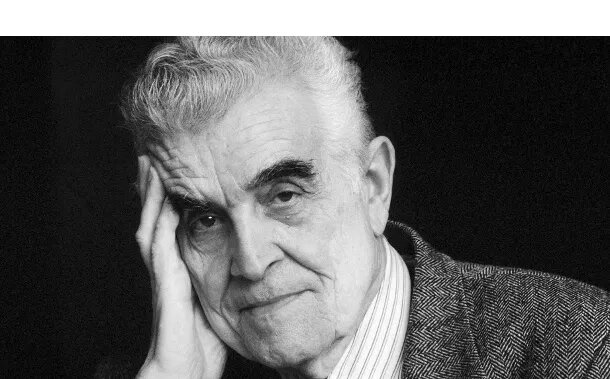
"René Girard’s Legacy" by Mark Anspach
Sometimes the greatest ideas appear to be simple ones. The famed critic and cultural theorist René Girard, who passed away at his Stanford home on November 4, 2015, gave the world a set of deceptively simple ideas that have changed the way we think about desire, violence, religion, and human nature itself.
What do people really want? Why do they fight? What is religion all about? And how did human culture get started in the first place? Girard tackled such bedrock questions head-on, offering boldly original answers expressed in admirably clear language. The last of the Grand Theorists, he was a sophisticated Continental thinker who always kept his feet planted firmly on the ground. His ideas are never purely theoretical. They help make sense of everyday life.
PLEASE SUPPORT the IMITATIO PROJECT

René Girard and Mimetic Theory
René Girard (1923-2015) is recognized worldwide for his theory of human behavior and human culture. In 2005 he was inducted into the Académie française, and in 2008 he received the Modern Language Association's award for Lifetime Scholarly Achievement. He was Professor Emeritus at Stanford University.
PLEASE SUPPORT the IMITATIO PROJECT
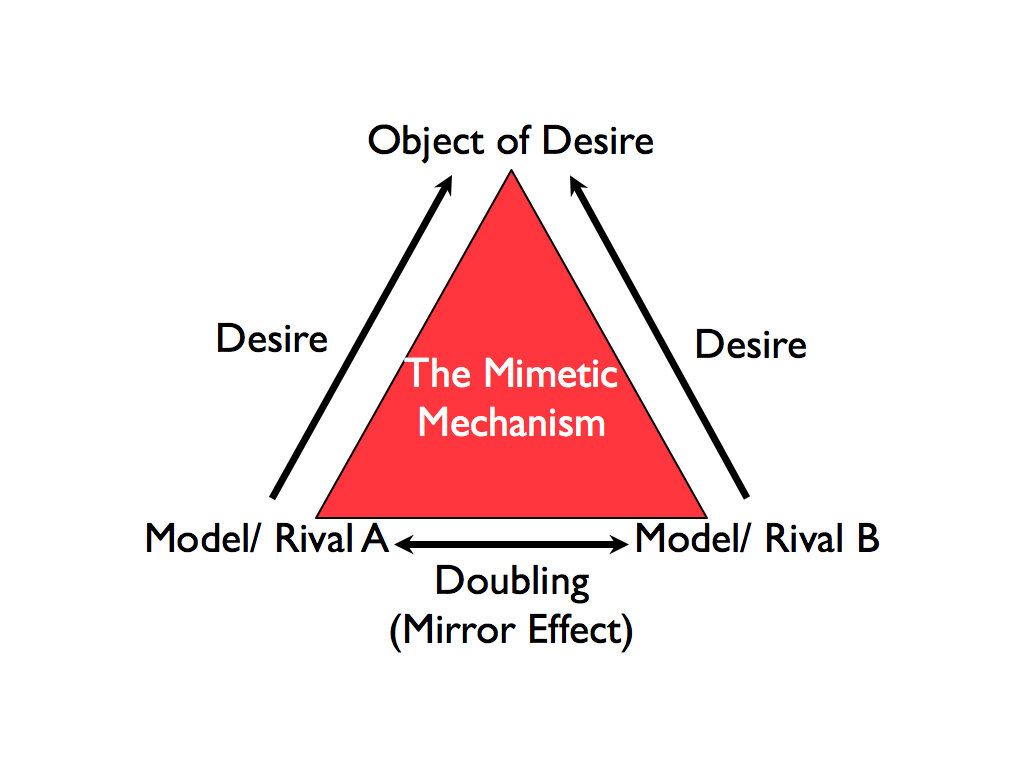
"René Girard and Mimetic Theory" by Mark Anspach
René Girard (1923-2015) is recognized worldwide for his theory of human behavior and human culture. In 2005 he was inducted into the Académie française, and in 2008 he received the Modern Language Association's award for Lifetime Scholarly Achievement. He was Professor Emeritus at Stanford University.
Back more than 50 years ago, René Girard started teaching French literature because he needed a job. He hadn't even read many of the books he was assigned to teach. Then, as he studied the classic novels of Stendhal and Proust with a fresh mind, staying one step ahead of his students, he was struck by a series of similarities from novel to novel. Unbound by any narrow research agenda, Girard discovered a simple but powerful pattern that had eluded sophisticated critics before him: imitation is the fundamental mechanism of human behavior.
PLEASE SUPPORT the IMITATIO PROJECT

"Are You Ready to Lose Your World?"by Adyashanti
There is a very famous poem written by the third patriarch of Zen, Seng-ts’an, called the Hsin-Hsin Ming, which translates as Verses in Faith Mind. In this poem Seng-ts’an writes these lines: “Do not seek the truth; only cease to cherish opinions.” This is a reversal of the way most people go about trying to realize absolute truth. Most people seek truth, but Seng-ts’an is saying not to seek truth. This sounds very strange indeed. How will you find truth if you don’t seek it? How will you find happiness if you do not seek it? How will you find God if you do not seek God? Everyone seems to be seeking something. In spirituality seeking is highly honored and respected, and here comes Seng-ts’an saying not to seek.
BE A SUPPORTER OF ADYA’S WORK

"The Evolution of Human Consciousness: and why we should be more open about The Bible" by Devon Bailey
It’s impossible to look at the human race and not see an evolution of awareness happening. Each generation brings about new questions about who we are and who we are supposed to be. Often a former way of thinking is challenged by an oppressed group and allies who have seen a different way to be in the world. In America, this is usually marked by marches and protests. Take the Civil Rights Movements of the sixties, the Woman Suffrage movements, and today’s movements for LGBTQ persons.
It also happens with the advent of a new technology. We once thought the earth was flat. We once thought the sky was a glassy firmament with windows that let the sky waters in. But now we have photographs of our round home and we’ve sent men into the sky so that they could walk on the rock that lights up our nights.
BE A SUPPORTER OF DEVON’S WORK

"The Nonduality of the Cross" by Jeff Foster
“Like a bridegroom, Christ went forth from his chamber… He came to the marriage-bed of the cross, and there in mounting it, he consummated his marriage. And when he perceived the sighs of the creature, he lovingly gave himself up to the torment in place of his bride, and joined himself to [her] forever.”– St. Augustine The crucifixion as a celebration of life? As a marriage?
What the hell is going on?
BE A SUPPORTER OF JEFF FOSTER’S WORK

Rob Bell Interviews John Philip Newell
In February, Rob Bell and John Philip Newell got together again for a riveting night of conversation, contemplation, and, when Rob Bell is involved, of course laughter. Recorded live at Largo – a stalwart and intimate music and comedy club in Los Angeles – their conversation was then converted into an episode of Rob Bell’s podcast, The RobCast. When these two teachers get talking, it’s electric. And it doesn’t hurt that they enjoy being together!
This interview uses John Philip’s book Christ of the Celts as an anchoring point, but covers a wide range of topics – original sin, the true meaning of being “born again”, the diaspora of the Christian household, grace, and more. Trust us – you don’t want to miss this stimulating, thought provoking, and at times delightfully glib and cheerful conversation.
BE A SUPPORTER OF BOTH ROB AND JOHN’S WORK

"A Reply To Richard Rohr On The Cosmic Christ" by Ilia Delio
Richard Rohr is one of the great vernacular theologians of our age. He has the gift of taking complex theological ideas and translating the core insights into the language of the people. In doing so, he has helped thousands of people around the globe come to a new appreciation of the mystery of God and the need for renewed spirituality today.
In his newest work, Richard takes up the mystery of the cosmic Christ and, as a Franciscan, does so with passion. The notion that Christ is the firstborn of creation, the head of the whole shebang from the beginning, was supplanted in the early Church by the emphasis on sin and salvation. St. Augustine, in particular, felt the need to formulate a doctrine of original sin in order to highlight the saving grace of God. By the eleventh century, the need to explain the damage due to the sin of Adam and Eve became the principal reason for Jesus Christ. If Adam had not sinned, Christ would not have come. No sin, no Jesus. The reason for the Incarnation (God assuming flesh), therefore, found merit in sinful humanity, rendering generations of people focused on their faults and failings. Salvation through Christ meant being rescued from a fallen world.
BE A SUPPORTER OF ILIA’S WORK

